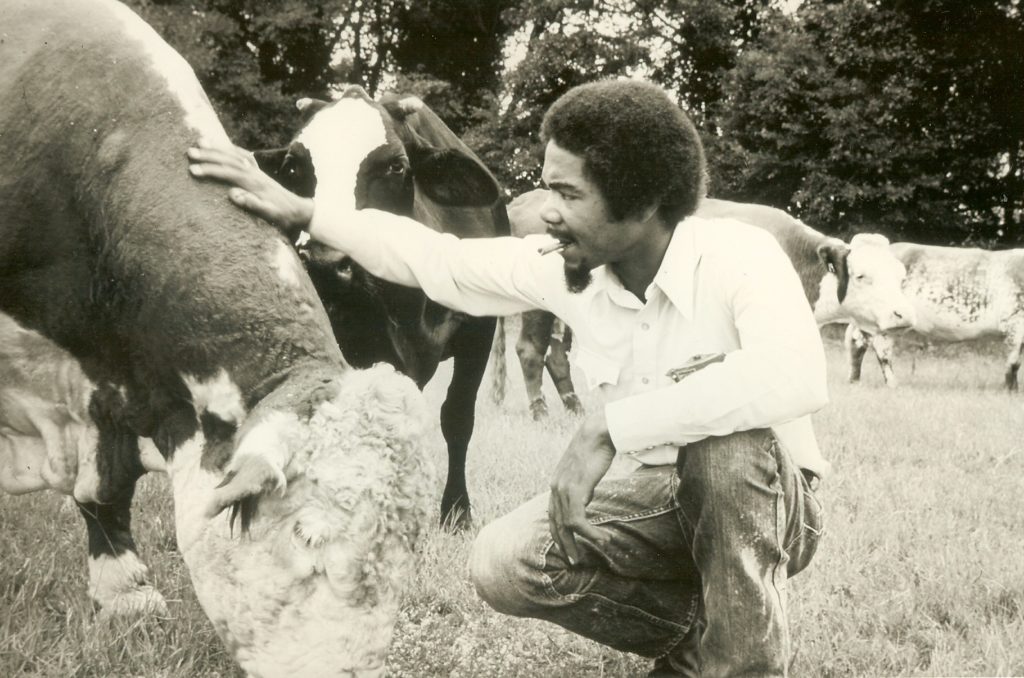Black Collective Farms

One of the worst parts of the grotesque and false right-wing attacks on Shirley Sherrod back in 2010 is that she had been an activist for Black land ownership for many years. She and her husband were founders of the New Communities farm, a Black collective farming enterprise in rural Georgia that came out of the civil rights movement. This movement is not widely known so let suggest you read this Harper’s article on it and other similar projects.
Decton Hylton guided his tractor through a grove of pecan trees whose canopy of leaves filtered the sun. As we drove across the 1,638-acre farm near Albany, Georgia, on a scorching day last October, Hylton told me about the nut’s history in the South. In the nineteenth century, he said, an enslaved man known only as Antoine, who worked as a gardener on a Louisiana plantation, was one of the first people to experiment with grafting pecan trees. He was largely responsible for turning the nut into a commercial crop, and the variety he developed is called Centennial. “It’s like an heirloom variety of pecan,” Hylton said. “It’s one of the best.”
Back in Antoine’s day, black farmworkers would have climbed the trees and shaken the branches by hand, flinging the nuts to the ground. Now, Hylton showed me, a machine with rubber-lined arms embraces and shakes the trunks. He imitated how it works, stretching out his arms and convulsing with a smirk on his face. Once the pecans fall to the ground, he said, another mammoth machine vacuums them up.
Hylton hoisted himself back onto his tractor, and we drove beyond the orchard’s shade, past open fields of grass and rows of satsuma orange trees. Hylton, a fifty-nine-year-old Jamaican with dreadlocks and a rolling accent, belongs to a community organization that supports small black-owned farms like this one. Once part of the estate of General Hartwell Hill Tarver, one of Georgia’s wealthiest slave owners, the land was sold in 1912 to the farmers who planted the pecan grove. These days it belongs to New Communities, a black farming cooperative founded in the Sixties that is widely considered to be the country’s first community land trust.
A CLT is a mechanism by which land is held in trust and managed by a nonprofit, used for whatever a community chooses, whether that’s housing, small businesses, cultural spaces, gardens, parks, or farms. The land is owned by a trust, which keeps it out of speculators’ hands, but residences and other structures can be privately owned and inherited, allowing community members to build wealth.
Few know that modern-day CLTs originated here in Georgia, in a civil-rights-era experiment to build economic power among poor black farmers. But the model has proved durable. Over the past decade, as real estate developers have carved up cities and driven housing costs beyond the realm of affordability, interest in CLTs has swelled. There are now 260 of them in the United States. Advocates say CLTs give communities the space and security to develop neighborhoods according to their needs rather than the demands of the market. The Champlain Housing Trust in Burlington, Vermont, which Senator Bernie Sanders helped establish in 1984, is now America’s largest, with 620 owner-occupied homes. Last September, when Sanders announced his campaign’s affordable-housing plan, he earmarked $50 billion for CLTs. “Land-trust housing,” he said, “enables people to enjoy the advantages of homeownership while keeping housing perpetually affordable.” Senator Elizabeth Warren’s housing platform included an “innovation lab” to study CLTs and other affordability strategies. CLTs are now considered by most policymakers to be a key component of any progressive housing solution.
The article then goes into the Sherrods in some depth. Very interesting stuff.
